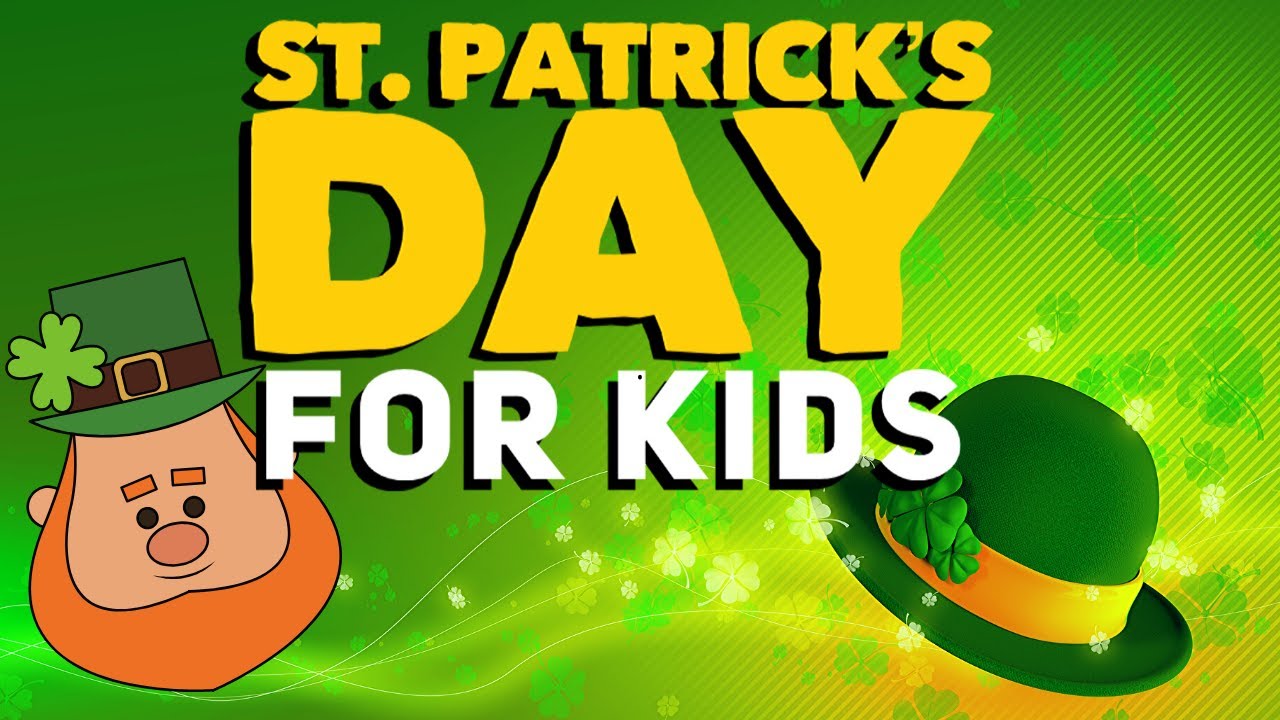
How to Teach Kids About the Meaning of St. Patrick’s Day
St. Patrick’s Day is celebrated annually on March 17th, commemorating the life and legacy of Saint Patrick, the patron saint of Ireland. While many people associate the holiday with leprechauns, shamrocks, and all things green, it’s essential to educate children about the true meaning behind St. Patrick’s Day. By teaching kids about the history, traditions, and cultural significance of the holiday, parents and educators can instill a deeper appreciation for Irish heritage and promote cross-cultural understanding. Read on now to explore various ways to teach kids about the meaning of St. Patrick’s Day and its importance in Irish culture.
Exploring Saint Patrick’s Life and Legacy
Start by introducing children to the fascinating life story of Saint Patrick. Explain how he was born in Britain during the late 4th century and captured by Irish raiders at the age of 16, spending six years in captivity before escaping and returning to his homeland. Teach children about Patrick’s religious awakening during his captivity and his subsequent mission to convert the pagan Irish to Christianity. Emphasise Patrick’s role in spreading Christianity throughout Ireland and his enduring legacy as Ireland’s patron saint.
Learning About Irish Culture and Heritage
Use St. Patrick’s Day as an opportunity to explore Irish culture, traditions, and heritage with children. Discuss the significance of symbols such as the shamrock, which Patrick used to explain the concept of the Holy Trinity, and the colour green, which represents Ireland’s lush landscapes. Introduce children to Irish music, dance, and folklore, including traditional Irish instruments like the harp, tin whistle, and bodhrán. Encourage children to learn about famous Irish figures, landmarks, and historical events, fostering a sense of connection to Ireland’s rich cultural heritage.
Understanding the Importance of Faith and Spirituality
Teach children about the role of faith and spirituality in Saint Patrick’s life and teachings. Discuss Patrick’s unwavering belief in God and his dedication to spreading the message of Christianity to the people of Ireland. Explore the themes of forgiveness, compassion, and redemption in Patrick’s writings and prayers, and encourage children to reflect on how these values can inspire their own lives. Use age-appropriate language and storytelling techniques to convey the spiritual significance of St. Patrick’s Day in a way that resonates with children.
Dispelling Myths and Stereotypes
Address common misconceptions and stereotypes associated with St. Patrick’s Day, such as leprechauns, pots of gold, and excessive drinking. Explain to children that while these symbols may be part of modern-day celebrations, they often overshadow the holiday’s true meaning and cultural significance. Encourage critical thinking and dialogue about cultural appropriation and respectful representation of Irish heritage. Use storytelling, literature, and multimedia resources to debunk myths and foster a more nuanced understanding of St. Patrick’s Day.
Engaging in Service and Acts of Kindness
Emphasise the spirit of generosity and service associated with St. Patrick’s Day by engaging children in acts of kindness and community service. Encourage them to participate in volunteer projects, charitable fundraisers, or environmental clean-up efforts that reflect Patrick’s commitment to serving others. Discuss the importance of helping those in need and making a positive difference in the world, aligning with the values of compassion and empathy embodied by Saint Patrick. By promoting service-oriented activities, parents and educators can instil in children a sense of social responsibility and civic engagement.
Creating Meaningful Traditions and Rituals
Establish meaningful traditions and rituals to celebrate St. Patrick’s Day with children, focusing on activities that honour the holiday’s spiritual and cultural significance. Attend religious services or prayer gatherings that commemorate Saint Patrick’s life and teachings. Cook traditional Irish dishes together as a family, such as Irish soda bread, colcannon, or corned beef and cabbage, and discuss their historical significance. Participate in Irish dance performances, music concerts, or storytelling events that showcase Ireland’s vibrant cultural heritage. By engaging in these meaningful traditions, children can develop a deeper understanding and appreciation for the meaning of St. Patrick’s Day.
Conclusion
St. Patrick’s Day offers a valuable opportunity to teach children about the rich history, traditions, and cultural significance of the holiday. By exploring Saint Patrick’s life and legacy, learning about Irish culture and heritage, understanding the importance of faith and spirituality, dispelling myths and stereotypes, engaging in service and acts of kindness, and creating meaningful traditions and rituals, parents and educators can help children develop a deeper appreciation for the true meaning of St. Patrick’s Day. Through education, reflection, and celebration, children can embrace the values of compassion, community, and cultural understanding embodied by Ireland’s patron saint.



